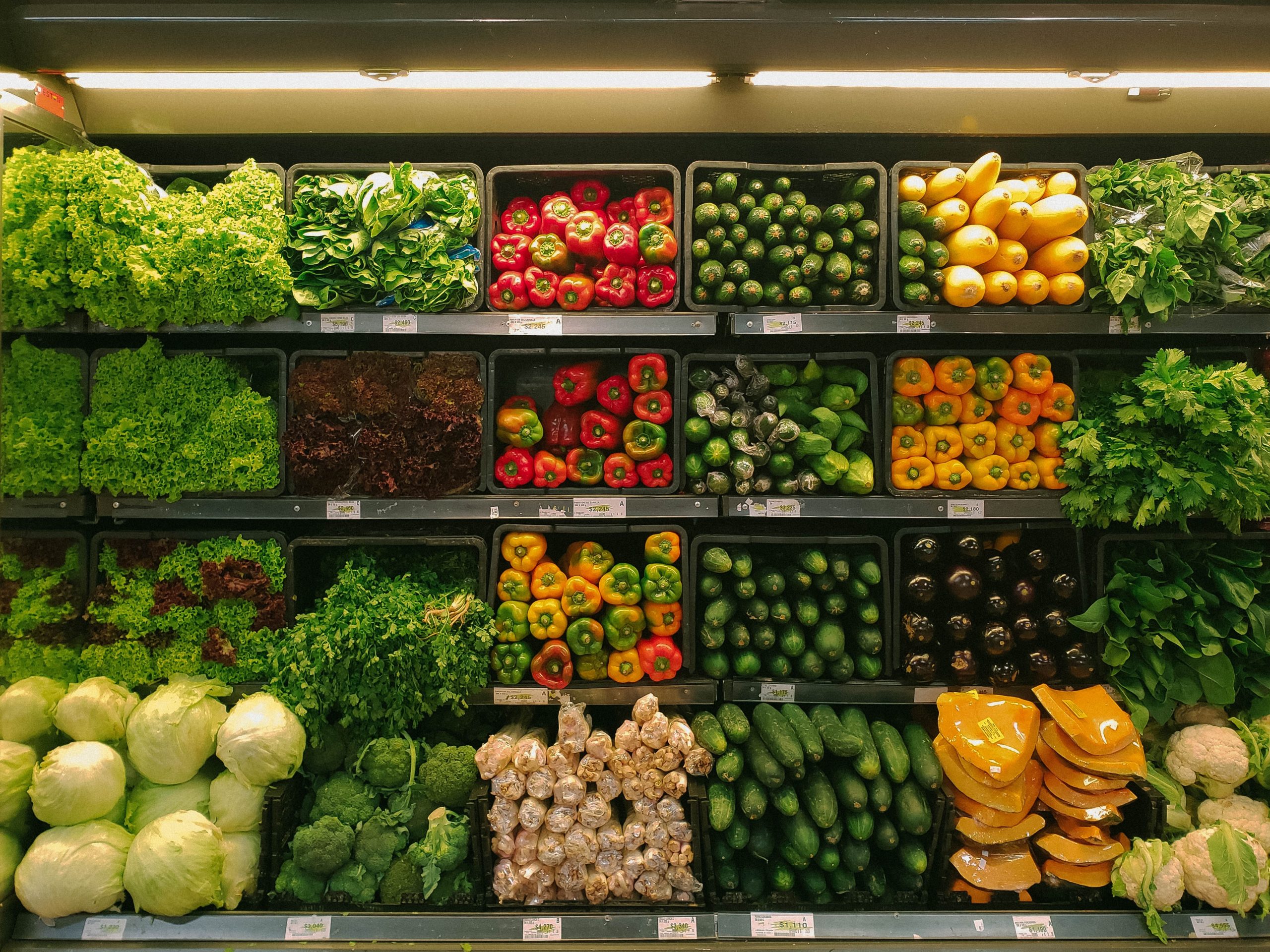Forbes, November 28, 2022, Ryan Begin
The U.S. is in a hunger crisis. In 2021, an estimated 13.5 million U.S. households were food-insecure—approximately 10.2% of the total population. In the wake of the Covid-19 pandemic and the increasing cost of food following record-breaking inflation, food insecurity is only expected to increase, challenging policymakers to rethink the U.S. food system.
At the recent White House Conference on Hunger, Nutrition and Health, the Biden-Harris administration announced its plans to address food insecurity, ultimately forming a plan to end hunger by 2030. While a number of solutions were discussed, the conversation around wasted food (and the role that technology plays in addressing it) was small. In truth, the wasted food crisis and food insecurity are inherently linked.
The world has enough calories to feed the entire population. Yet the National Resources Defense Council (NRDC) notes that on the journey between farm to fridge, 30% to 40% of food in the U.S. is lost. With this, there is a significant opportunity for us to come together to take steps to reduce wasted food and have a real impact on eliminating the food insecurity crisis.
Understanding The Link Between Wasted Food And Food Insecurity
At home, individuals have the ability to adjust their food usage to reduce the amount of waste—from turning a bruised tomato into a tomato sauce, buying less food the week before leaving on a vacation or even eating food past the best-by date on its label. By keeping track of one’s own habits, they are more empowered to take steps toward reducing wasted food. On a larger scale, it isn’t so simple.








